INDUSTRIAL RUBBER
Amorphous Silica is used to increase the strength and durability of rubber for countless applications from engine mounts, belts and hoses in automobiles, to wire and cable coatings, conveyor belts, printer rolls, syringe toppers, gaskets, seals, roofing systems, rubber gym floors and more with the following impacts:
• Better stiffness and reinforcing strength
• Higher resistance to heat build-up and abrasion
• Better tear and tensile strength
• Better color retention.
• Chip and Chunk resistance
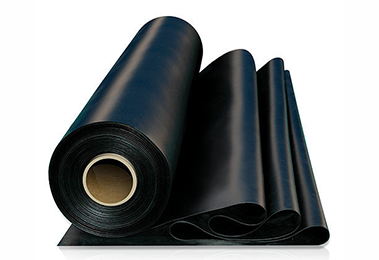
ANTI-CAKING AGENT
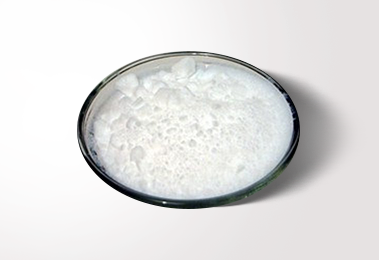
Amorphous Silica being inert and with the tendency to absorb moisture is used as a general purpose Anti Caking agent in almost any kind of powder formulation.
In Agriculture industry it is used in hygroscopic materials like water soluble fertilizers, nutrients etc to protect the product and make it easy to pack. It also prevents lump formation at the user end when dissolved in water.
Rangoli manufacturers use Amorphous Silica to give better flowability to the consumer.
It is the first choice across various industries ranging from Food, Pharmaceuticals, Cosmetics, Agriculture, Animal Feed and the list goes on.
CONSTRUCTION
Silicate is one of the oldest binders used in construction industry.
Silicates makes excellent concrete densifiers. Sodium, Lithium or mixed alkali silicates are specially crafted to give different kinds of performance in concrete densification to increase the service life of concrete by giving better protection from harsh chemicals & water.
Silicates are most popular chemical grouts. They are used to reduce the soil permeability, stabilizing and increasing the load bearing capacity of fine-grained material in foundation, for encapsulating the hazardous material in soil, for crack sealing in rocks & concrete etc.
Silicates forms an important component of geopolymer and can even enable a cement free concrete/mortar formulation.
Amorphous Silica is fast emerging as a material of choice for high end concrete, concrete art and other such specialist cases. It is used either in combination with micro-silica or independently.

REFRACTORIES & FOUNDRIES
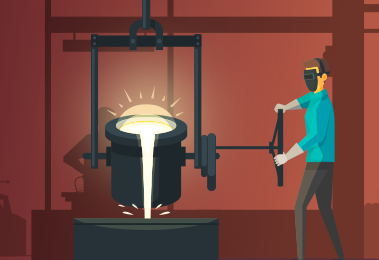
Silicates are used as a part of binder system in self-flowing repair mixes. It also acts as an accelerator for the setting of mortars.
Foundries using silica moulds use Sodium Silicate as a binder as they are non-toxic and odour free.
Investment casting also uses Sodium Silicate as one of the binder options.
Silicates with higher SiO2/Na2O ratio has better binding capacity. We offer the highest ratio sodium silicate which are highly recommended in mortars, putties and gunning mixes.
Lithium Silicates offer even higher ratios and low viscosity that has excellent binding and refractory properties.
Silica Sol or colloidal silica is also used in some high precision investment casting in place of silicate.
In refractory castable composition, amorphous Silica is used along with microsilica.
CERAMICS & BRICKS
Replacing part of water with Sodium Silicate in the clay slurry in ceramic industry is impactful. They absorb on the clay surface making clay particles repel one another (deflocculation). This reduces the viscosity making pumping easier. Further it helps the tiles gain strength faster reducing the energy cost at the drying stage.
Adding Silicate in Brick composition results in faster setting & strength gain, prevents raw bricks from cracking, shrinking and deforming. This reduces rejection and reduces production time & energy cost.
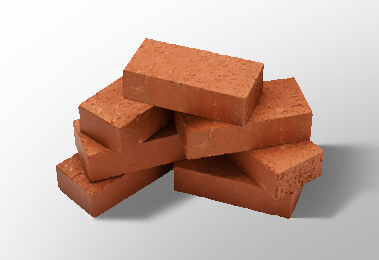
COATINGS & PAINTS
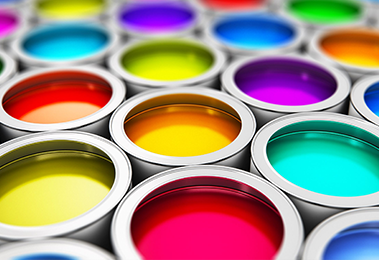
Silicate forms the basis of Mineral Paints along with inorganic colorant like metal oxides. Mineral paints are highly durable as it permanently bonds to the siliceous substrate (concrete, mineral plasters etc).
They are highly resistant to UV and doesn’t tend to grow brittle, chalky or crack like paints based on acrylate or other organic binders. The colour remain constant for decades.
Silicate paints allow smooth diffusion of water vapor to keep walls dry and prevents structural damage. This also avoid condensation of water on the surface which is also highly alkaline due to silicate. This has inhibitory effect on microorganisms, algae and fungi without requiring any additional preservative.
Silicate paints are inherently dust resistant (as they are not prone to static charging and thermo-plasticity) and are easier to wash off.
Silicate paints are free from organic additives or solvents, incombustible, environment friendly and durable. As a result they are gaining popularity, especially in sustainable construction.
Different silicate (Sodium, Potassium, Lithium or combinations) can be used in the formulations of Silicate Paints.
Silicates are also added in wall putty coatings to give smoother, harder and water-resistant surface.
Sol-Silicate paints have emerged as a powerful alternate in last decade. It combines Silicate with colloidal silica in the formulation. Adding of colloidal silica brings the new property of mechanical strength to the paint. It allows the paint also to be used on non-siliceous substrate like wood or already painted substrate.
Amorphous Silica is multi-functional additive for paints used in both water based as well as oil based systems.
AS an Anti-settling agent to prevent the precipitation of pigments in liquid paste formulations.
As a matting agent without impacting the color index. During film formation the silica particles comes on the surface to bring the desired roughness for mat finish.
Brings Scratch resistance to paint surface imparting it longer life.
Along with that it is used for rheology modifier in various ways.
Pesticide & Agrochemicals
Amorphous Silica due to its inert behaviour is compatible with almost all pesticide formulations.
It is used as a carrier for converting liquid pesticides into powder. For micro dosing, it also acts as a bulking agent.
In powder formulations, it is used to improve flowability and prevent caking of powders. This is specially important in hygroscopic materials.





